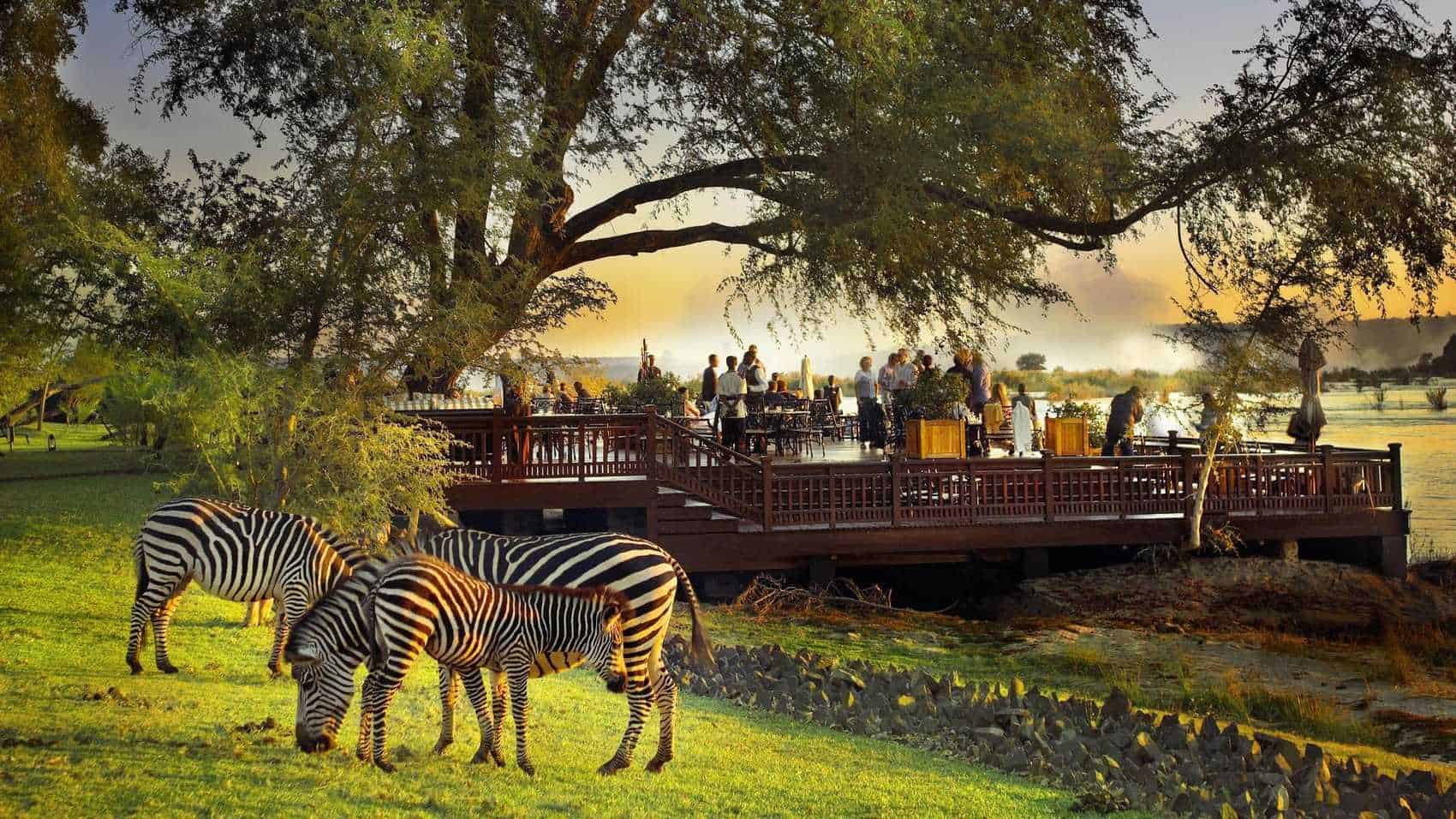This is an excellent month for wildlife viewing.
If you’re excited to check off some Big Five from your list, Kafue National Park houses four of them, with the rhino absent.
Other notable animals here include different species of antelope, which can be seen up close on a walking or canoe safari, generally called a mokoro safari. The park has a significant population of antelopes, so expect to see them roaming all around it.
The skies can get hazy this time of year, making it unsuitable for a photographic safari.
One of the only things to note here is that elephants tend to be shy, so it may be challenging to see them.
Weather in November
The wet season occurs in November and birding becomes a prime activity at this time of year.
Temperatures are still pretty high so although it rains, it actually serves as a cool of period.
Average Weather in November
| Temperature | Celsius | Fahrenheit | Rainfall |
| Min | 17℃ | 63℉ | 71 mm |
| Max | 30℃ | 86℉ | 205 mm |
Highlight Park to Visit
Kafue National Park
Kafue National Park is one of the largest parks in Africa.
Animals you can expect to see here are elephants, hippos, buffaloes, zebras, wildebeests, lions, leopards, hyenas, wild dogs, and cheetahs, although it’s a lot rare to see them.
November is still a great time to visit since animals can be seen here in small concentrations.
With the rain present, birding also becomes a great activity to do. Remember to bring along your binoculars to see them up close.
Activities to do in November
- Game drives
- Birding
- Yoga classes
- Spa treatments
























